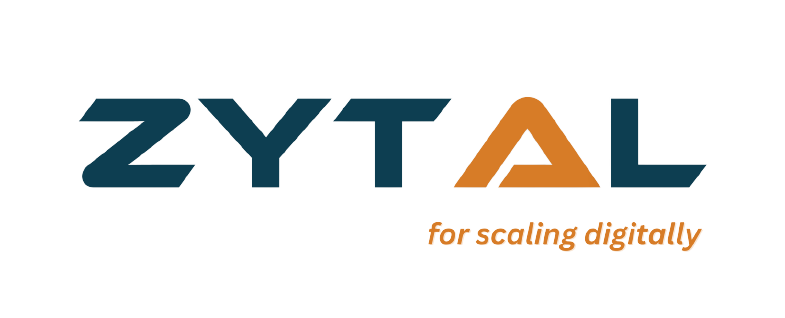No one wants to create a website that resists the visitor arrives. The shorter time duration of the website creates a bounce rate which results in a lower conversion rate and drops in sales. It results in increased bounce rates and can wipe out your conversion rates.
More than 52% of visitors spend less than 20 seconds on a website. It means that many people click on web pages, but they do not read the content there. How much time do you spend on websites before deciding to read more?
Here are four powerful hacks to make visitors stay longer every time they visit a website. However, first, let’s learn how to calculate the time spent on the website.
Page timing reflects the level of engagement visitors have with your page. As such, it is an important metric to measure website performance.
How to Calculate Time on Website
“How do I calculate this?” you can ask. Let’s find out.
When visitors visit your website, regardless of the hosting you use, the web server automatically generates a log file to record the activity. The log file contains a timestamp indicating the exact time of their entry.
For each new web page that a visitor clicks, the log file adds a new timestamp that indicates the exact time the visitor entered that page. Page time is calculated as the difference between the last timestamp and the first of a particular browsing session.
This formula can be used to calculates average location time:
Total time-on-website for multiple visitors / Total number of visitors
In general, we want the average page time for users to be as long as possible because it shows search engines that visitors find your site relevant.
But what is a good average time spent on a website? Well, there is no one-size-fits-all answer to the question. It entirely depends on your website’s type, quality, and theme. 2 minutes is pretty impressive, and everything between 1-2 minutes is pretty low.
1. Make Sure Your Content is On Topic
Does the headline of your pages match the overall content of your articles? If visitors come to your site, they expect something and get something else; they will not be here long. To avoid visitors being deceived or dissatisfied with your content, make sure the titles of the articles accurately reflect what is covered. One solution is to wait until your article is written before creating an appropriate title and tagline.
The same goes for writing an introduction to your articles. Once you have written the article, you can go back and explain what will be included in the introduction. We often start with an idea for an article and then move on to a slightly different topic during the writing process. You need to ensure that your title, meta description, tag, and introduction effectively tell visitors what they are reading.
2. Speed Up Your Website
One of the biggest reasons why your website may experience a high bounce rate is slow loading speeds. Slow page load times can negatively affect your conversion rate. It is essential that your website loads in less than 3 seconds; otherwise, it may affect your sales.
So, you need to monitor your web page speed and check all the different pages. Along with a fast-loading web page, you also need to pay special attention to user experience. A good website design agency can help you test your website and make sure you have a website that loads fast and has a low bounce rate. You can consider zytal for that purpose.
3. Leverage Video Content
Many people want to consume more and much data as possible in the shortest amount of time. This makes video such a great addition to any content or page on your site.
Videos are a great way to deliver information in small, digestible doses. Sometimes giving your visitors a 2-3 minute video that summarizes an article that would take 10 minutes to read can help create value for your site. If they watch the video and are interested, they can come back later to read the article for more information. Videos also enable visitors to click and interact with your site, which will help decrease the bounce rate.
4. Improve Your Target Keywords
You need to understand your audience properly to know which keywords are best to target. In other words, your content and keywords should be consistent with the intent of the search engines.
In its general search quality guidelines, Google divides search engine intent into four broad categories:
- Know: Users are looking for information on the Topic;
- Website: Users search for a specific URL or web page;
- Do: the action users want to take (buy, try, check, etc.);
- Visit in person: Discover local places people like to go offline.
Hence, blog posts target the “know” category and provide information that matches users’ searches. They ordinarily include the words “how to” or “what is.”
But it does not mean that you have to use these words in your title and meta description. Your primary focus should be on what users are trying to find when they type the query in the search box.
Conclusion
Ignorance in business is not bliss. What you don’t know is hindering your progress. That’s why you need to regularly monitor important web performance metrics like average time spent on the website, bounce rate, and more. They all can tell you how visitors interact with your site.
If visitors spend less time than expected, fix it immediately. Page navigation can get you started. It’s also a good idea to improve website speed and content quality.
All these factors can make or break the user experience. Be creative, do quality A/B test, measure, adjust, improve.
